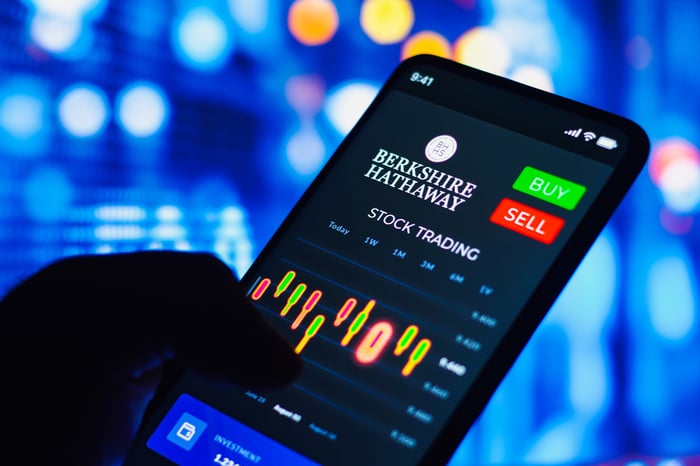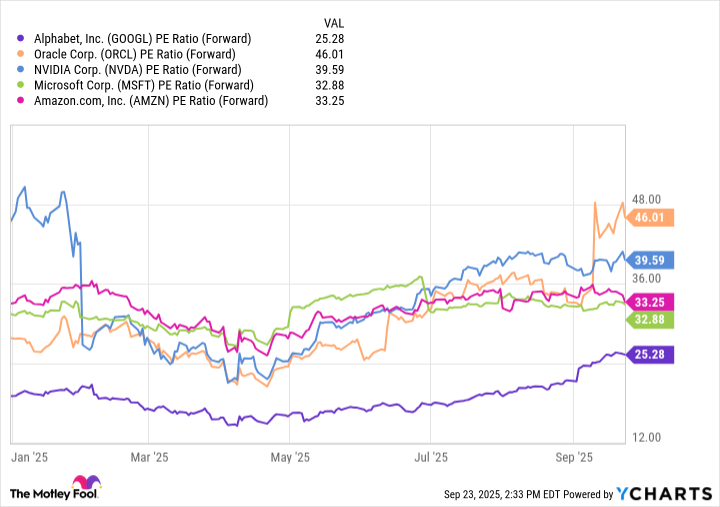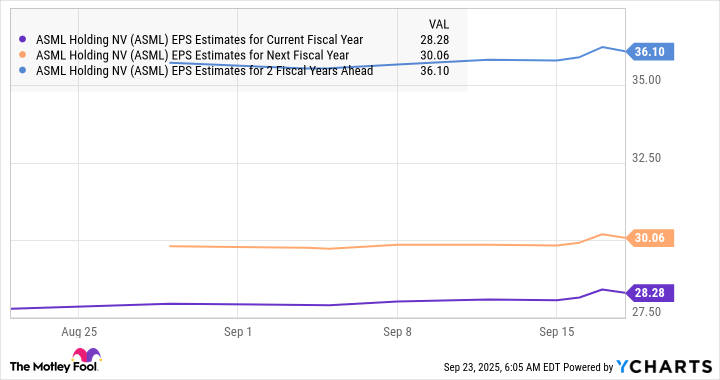Should You Retire in Maine?
Key Points
-
Maine offers a lot of natural beauty and recreational opportunities.
-
Several of its towns offer many cultural activities, too, such as concerts and theater.
-
But consider all of the pros and cons, including taxes and the cost of living.
So you’re interested in relocating for retirement, and you’re thinking of Maine. Maine certainly has a lot to recommend it, such as a gorgeous rocky coastline and copious lobster shacks. There’s more to consider, though, for retirees and those still planning their retirements.
Image source: Getty Images.
Where to invest $1,000 right now? Our analyst team just revealed what they believe are the 10 best stocks to buy right now. Continue »
For starters, know that Maine’s cost of living in 2024 was 112% of the national average — so 12% above average. Much does depend on where in Maine you plan to live, though, with Portland and surrounding towns costing more than Augusta and Bangor. Portland arguably has the most to offer retirees and others, as it’s the biggest city, with more cultural events and healthcare facilities — and also easy access to beaches and inland recreation. Camden and Brunswick are other towns with a lot going on.
Taxes in retirement are another concern, and Maine is a mixed bag here, not taxing Social Security, but taxing 401(k) and IRA distributions. You need to consider the big tax picture, too — for example, Maine’s state sales tax is 5.5%, though groceries and prescription drugs are exempt. Maine has an estate tax, too, of 8% to 12%, though the exemption for this for 2025 is a solid $7 million.
The average Maine home value, as of 2025’s second quarter, was about $414,479, roughly on par with the recent median U.S. home sale price of $410,800. Car insurance, meanwhile, recently averaged $1,705 annually in Maine for full coverage.
So if you like seafood and natural beauty, not to mention a low crime rate, give Maine some consideration. But remember that its winters can be extremely cold.
The $23,760 Social Security bonus most retirees completely overlook
If you’re like most Americans, you’re a few years (or more) behind on your retirement savings. But a handful of little-known “Social Security secrets” could help ensure a boost in your retirement income.
One easy trick could pay you as much as $23,760 more… each year! Once you learn how to maximize your Social Security benefits, we think you could retire confidently with the peace of mind we’re all after. Join Stock Advisor to learn more about these strategies.
View the “Social Security secrets” »
The Motley Fool has a disclosure policy.























